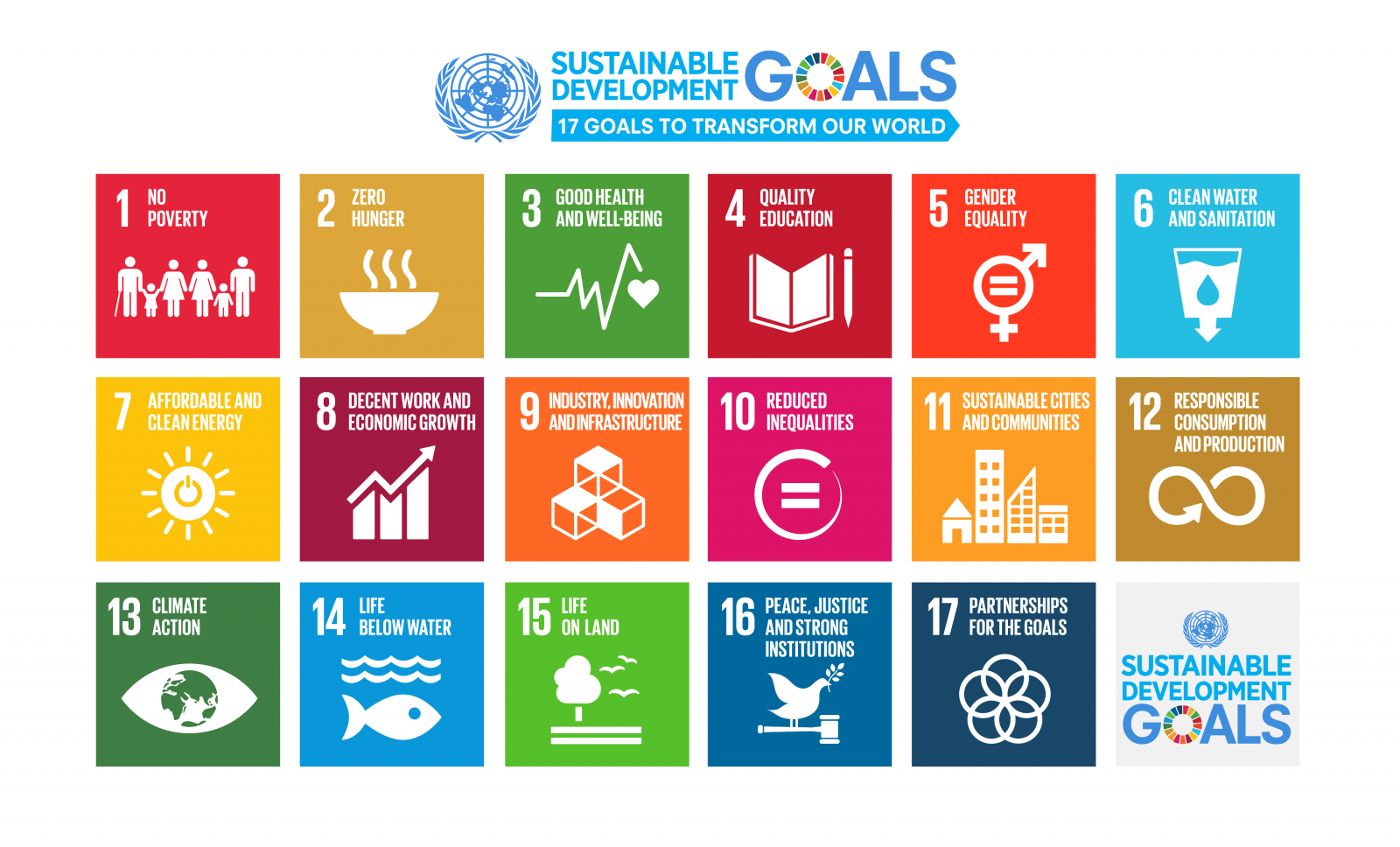Geothermal energy is sustainable heat that comes from deep soil layers. Deep in the subsoil, in porous sand and stone layers, warm salt water can be found in various places in the Netherlands. The deeper into the earth, the warmer this water gets. This water can be pumped up and used for heating homes, businesses and industry in the vicinity of the geothermal source.
With every kilometer that you go deeper into the earth, the temperature rises by about 30˚C. The heat in the subsurface can be used to heat buildings. To extract the heat from the ground, at least two deep wells are needed. Hot water of around 75 degrees Celsius is pumped up via two wells, which are 2 to 3 kilometers deep.
One of these wells pumps the hot water up through pipes. When the water is pumped up from the ground, it arrives at the geothermal power plant. There, heat exchangers transfer the heat from the salty ground water to tap water. This provides fresh warm water and flows through a system of pipes to nearby buildings. There it can be used, for example, as heating.
The salty bottom water cools down during this process and is returned via the other well to the layer of the earth it came from. Do you want to know exactly which steps are taken when setting up a geothermal heating installation? Read more here.
Geothermal energy can be used in various places. However, a few conditions must be met. For example, buildings must be connected to the right type of heat network and the buildings must be equipped with the right equipment. This is often the case with new construction rather than with old(er) buildings. The use of geothermal energy is also always local. For example, it is not the case that Rotterdam can benefit from the geothermal energy from Delft.
Geothermie Delft will initially supply heat to buildings on the TU Delft campus. The plan is to also supply heat to the Voorhof and Buitenhof districts at a later time.


The main reason for using geothermal energy is climate change. By 2030, we want to halve our CO2 emissions in the Netherlands compared to 1990. This means that by 2030 a total of 1.5 million existing homes must be heated with sustainable energy. Geothermal energy provides that sustainable, renewable heat.
Renewable energy is energy from natural resources that are not exhausted. Think of wind energy, solar energy and geothermal energy.
In addition, hardly any CO2 is released with geothermal energy, which is why this source contributes to the sustainable energy transition. Geothermal energy contributes to achieving the national and local climate goals
Geothermal energy is a sustainable alternative for generating energy and heat for various reasons:
Every mining activity has an impact on the environment and the environment. Geothermal energy generally has little negative impact on the environment. Things that could affect the environment are closely monitored and precautions are taken.
Would you like to know more about all the advantages and disadvantages of geothermal energy? Click here for a complete overview.
Geothermie Delft pays close attention to safety at the location, safety of the employees and for the environment. We must adhere to strict laws and regulations set up by the government. There are also special plans and rules that we must adhere to when something happens that is not intended. State Supervision of Mines (SODM) is the government agency that supervises this.
There is a risk of seismicity in all types of mining, including geothermal energy. Seismicity is vibrations or jerking movements when there is movement in the earth's crust. Research shows that the chance of this with geothermal energy is very small. This research looked at the fractures in the earth, the geothermal heat system that will be used and the existing risk of earthquakes. Read more about seismicity and geothermal energy here.
More information: www.allesoveraardwarmte.nl